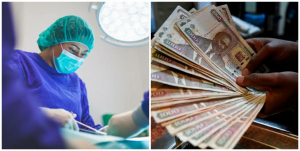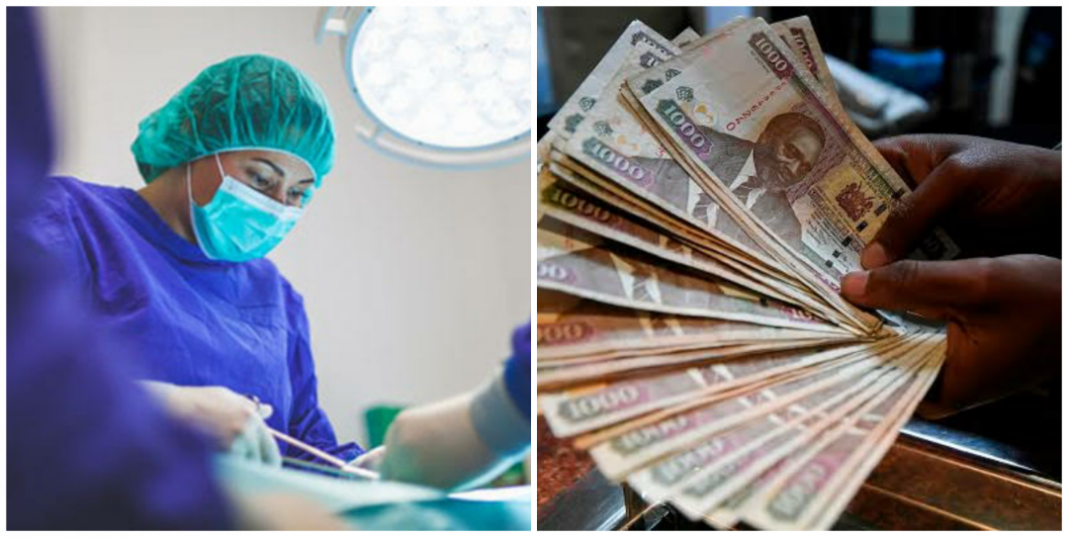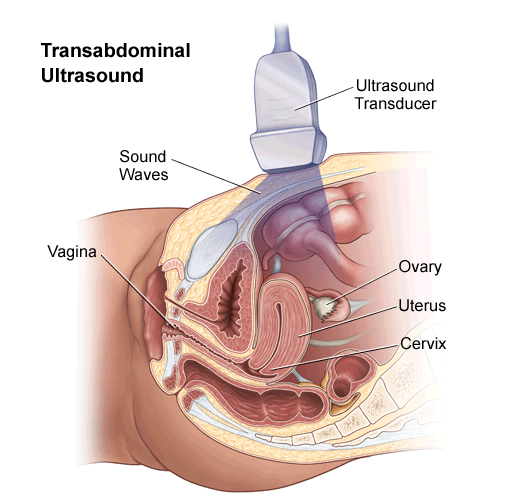How much does hernia surgery cost in Kenya?
FIRST, #WHAT #IS #HERNIA?
Hernia is defined as the protrusion of an organ or part of an organ through the wall or the cavity that normally contained (house) it due to weakness of the muscles of the affected part.
CLASSIFICATIONS OF HERNIA
Hernia can be classified according to:
1. Anatomical Location
2. Severity of the hernia
ACCORDING TO ANATOMICAL LOCATION
1. Inguinal hernia: In this type, the abdominal contents bulge in the groin. Inguinal hernia is more common in men. It may go all the way down into the scrotum.
2. Umbilical hernia: These types occur due to failure of the umbilical ring to close completely after birth.
3. Femoral hernia: In this type there is a bulge in the upper thigh, just below the groin. This type is more common in women than men.
4. Incisions hernia: They are usually seen in the umbilicus and at operative site if there is incomplete or poor healing of the abdominal muscle.
ACCORDING TO SEVERITY OR COMPLICATIONS
1. Strangulated hernia: This is the type whereby the protrusion of the intestine results in the strangulation of the affected part.
2. Reducable hernia: This is the type whereby the protruded part retracts back spontenously.
3.Non- reducable/Obstructive hernia: This is the type whereby the protruded parts don’t reduce back and can lead to obstruction of intestinal contents.
CAUSES/PREDISPOSING FACTORS
Obesity
Malnutrition
Vomiting
Previous surgery
Prolonged illness
Pregnancy
Severe coughing
Constipation Heavy lifting
PATHOPHYSIOLOGY- HOW HERNIA IS FORMED
Hernia is defined as the protrusion of an organ or part of an organ through the wall or the cavity that normally contained (house) it due to weakness of the muscles of the affected part.
This may be caused by severe coughing, lifting etc.
When there is weakness of the muscles of the affected part, it leads to protrusion of an organ into a canal or region, which leads to the swelling of that part. The swelling can be seen when the patient is upright or coughs or when the abdominal muscles are tensed.
The swelling may be present at all times or disappear when the patient lies down and at that time, the content returns to the abdominal cavity. The pull or pressure on the intestine could cause irritation of the peritoneum leading to pain.
If the pressure progresses, blood supply to the hernia sac (the protruded part) is likely to be impaired leading to the death (necrosis) of that part.
At this point, the patient experiences severe pain, tensed and tender hernia protrusion. Following the herniation, there will be impairment in the movement of intestinal content thus leading to intestinal obstruction. Intestinal obstruction will
lead to abdominal distention, nausea and vomiting.
SIGNS AND SYMPTOMS
Nausea and vomiting
Pain
Swelling
Abdominal distention
Constipation
TREATMENT AND MANAGEMENT OF HERNIAS
The most effective treatment for hernia is surgery called herniorrhaphy or herniotomy or herniectomy.
Surgery repairs the weakened abdominal wall tissue (fascia) and closes any holes. An umbilical hernia that does not heal on its own by the time a child is 5 years old will likely be repaired.
Other conservative treatments include:
Positioning: Patient should be positioned dorsally on the bed with the foot of the bed elevated. This relieves pain and promotes blood supply to the vital center.
Vital sign: This should be monitored with emphasis on the blood pressure and pulse rate to detect any sign of shock.
Pain management: Cold compress should be applied to relieve pain.
How much does hernia surgery cost in Kenya?
The cost of surgery for uncomplicated hernia in Kenya is around Ksh 70,000 – Ksh 100,000 Kenyan shillings …hernia repair surgery may be on a higher side in cities like Nairobi. For complicated hernia , the cost of hernia surgery in Kenya is close to Ksh 200,000 Kenyan shillings or more…

PREVENTION OF HERNIA:
Use proper lifting techniques. Lose weight if you are overweight. Relieve or avoid constipation by eating plenty of fibre, drinking lots of fluid, going to the bathroom as soon as you have the urge, and exercising regularly.
Thanks for reading.
Mr Glory Abasa for www.nimwdhealth.com.ng

























Do you have public hospitals that can undergo these operations for free for Kenyan patients?
Not really